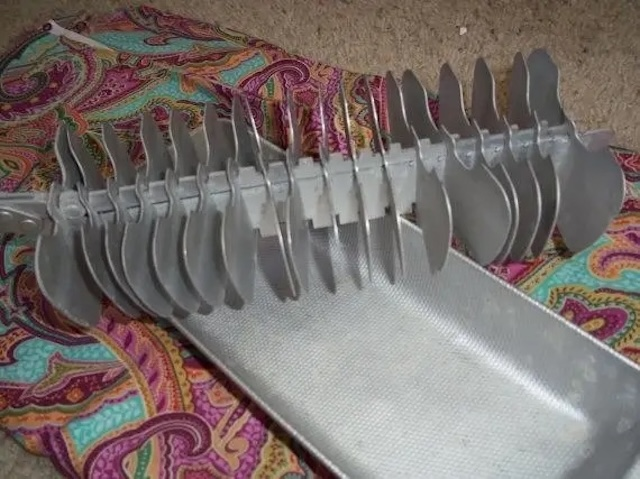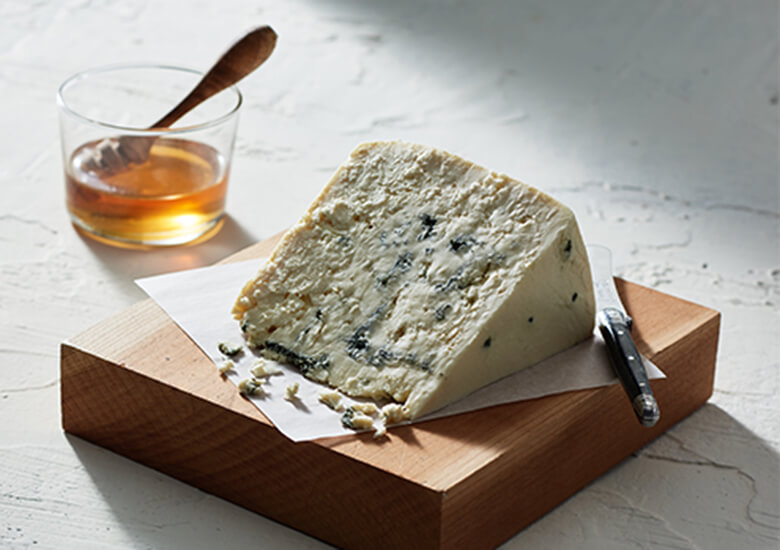Have you ever spotted one of these classic items hidden inside the walls of an old home? If you have, chances are you’ve encountered a vintage cast iron sash weight—a relic from the era of sash windows. These charming pieces of hardware were once essential for operating sash windows, providing the perfect counterbalance to the window’s weight. Let’s explore the history, evolution, and design of sash windows, along with the role of these classic iron weights that were vital to their function.
The Invention of Sash Windows: An Architectural Classic

Sash windows, also known as hung sash windows or box sash windows, are among the most iconic features of older homes, particularly those built during the Georgian and Victorian eras. But what exactly is a sash window?
Simply put, a sash window is a window with one or more movable frames (known as sashes) that slide vertically or horizontally. This design allows for better ventilation and easy operation. The frames hold panes of glass, which can be separated by wooden bars known as glazing bars or muntins. Sash windows can have one large pane or be divided into smaller sections, depending on the architectural style of the building.
How Sash Windows Work: The Role of Cast Iron Weights
The mechanics behind sash windows are both clever and simple. The window’s sashes are counterbalanced by weights hidden within the frame, making it easier to open and close the window without much effort.
- Cast Iron Weights: Typically made of cast iron, lead, or steel, these counterweights are attached to a cord or chain that runs over a pulley system at the top of the window frame. The weights move within a concealed box inside the wall, providing the necessary balance to keep the window open at the desired height. This ingenious system ensures smooth operation while keeping all the hardware hidden from view, preserving the window’s aesthetic appeal.
- Double-Hung and Single-Hung Variants: In double-hung sash windows, both the upper and lower sashes can move independently. This allows warm air to escape through the upper sash while cooler air enters through the lower sash, creating natural air circulation. Single-hung sash windows, on the other hand, have a fixed upper sash and a movable lower sash.
The Origin of Sash Windows: British or Dutch?

The origins of sash windows are debated, with no definitive answer. However, the oldest surviving examples can be found in Ham House in Richmond, London, which dates back to the 17th century. Some credit Robert Hooke, a British inventor and scientist, with the invention of the sash window, while others argue that it was a Dutch innovation brought to Britain during the 1600s.
Regardless of their exact origin, sash windows gained immense popularity across Europe in the Georgian era (1714-1830). They replaced older, leaded casement windows in many homes, offering better functionality and an elegant aesthetic.
Evolution of Sash Windows: From Georgian Elegance to Victorian Splendor

Sash windows became a defining feature of Georgian architecture, characterized by symmetrical designs and a “six-over-six” pane arrangement. This design featured six small panes in each sash, with pulleys, ropes, and weights incorporated for smooth operation.
By the Victorian era (1837-1901), sash windows evolved further. Thanks to the Industrial Revolution, manufacturing became faster and cheaper, making sash windows more accessible to the middle class. Designs became more elaborate, featuring intricate moldings, larger panes, and decorative glazing bars. The use of larger glass panes was made possible by advancements in glassmaking, allowing for more light to enter homes.
Problems and Maintenance of Traditional Sash Windows
While sash windows have a timeless charm, they do come with challenges:
- Draughts and Rattling: Old wooden sash windows are known for being draughty and prone to rattling in the wind, especially when the wood shrinks during dry weather. Homeowners often used draught strips or makeshift solutions like folded cardboard to keep the windows quiet during windy nights.
- Rot and Decay: Made from slow-growing softwood, traditional sash windows require regular maintenance, such as repainting and sealing, to prevent rot. Without proper care, the wood can swell, distort, or become susceptible to decay.
- Painted Shut: Overzealous painting can accidentally seal the sashes shut, making the window inoperable. Careful, precise painting is crucial to ensure smooth operation and longevity.
Despite these maintenance requirements, sash windows offer a unique benefit: they’re often easier to clean than modern double-glazed windows. The movable sashes allow for convenient access to both the interior and exterior panes, which is especially useful for upper-floor windows.
The Transition to Modern Sash Windows: uPVC and Vinyl Replacements
With the rise of aluminum and uPVC double-glazed windows in the 1970s, 1980s, and 1990s, original wooden sash windows became less common. Homeowners sought better insulation, lower maintenance, and improved energy efficiency, which modern materials provided.
- uPVC Sash Windows: uPVC sash windows mimic the look of traditional wooden sashes while offering the benefits of modern insulation, reduced noise, and minimal maintenance. They’re less likely to rot or warp and come in a range of colors and styles. However, purists argue that uPVC versions lack the authentic charm and craftsmanship of original wooden sashes.
- Vinyl Sash Windows: Similar to uPVC, vinyl sash windows offer durability and ease of use. However, they can become brittle over time due to exposure to sunlight and temperature fluctuations, which can cause cracking.
Despite their advantages, modern sash windows often face criticism for their “fake” appearance. Many feature non-functional muntins and plastic finishes that can clash with the architectural integrity of older homes. As a result, some homeowners choose to restore original wooden sash windows rather than replace them.
Sash Windows in Renovations: Balancing Charm with Functionality

In home renovations, sash windows often become focal points that reflect the building’s historical character. When renovating, homeowners face the decision of whether to replace old sash windows with modern alternatives or restore the originals.
- Restoration: Restoring wooden sash windows can be more costly, but it maintains the architectural authenticity of the home. Refurbishing includes replacing worn-out parts, repairing pulleys and cords, and adding draught-proofing measures to improve energy efficiency.
- Replacement: Modern replacements, such as double-glazed uPVC sash windows, offer better insulation and reduced energy bills. They require less maintenance, making them an attractive option for those prioritizing practicality.
Ultimately, the choice comes down to balancing aesthetics, functionality, and budget.
Conclusion: The Lasting Legacy of Sash Windows and Cast Iron Weights
Sash windows are not just windows; they are a piece of architectural history, marked by innovation and craftsmanship. Cast iron sash weights, often overlooked, played a critical role in the operation and balance of these windows, making them functional and easy to use. Whether you encounter original sash windows in an old home or see modern replicas in new builds, they represent a timeless design that has stood the test of time.
If you’re lucky enough to have original sash windows, cherish them—they’re a testament to a bygone era of craftsmanship and elegance. And if you ever stumble upon a cast iron sash weight, remember: it’s more than just a lump of metal—it’s a piece of history.


